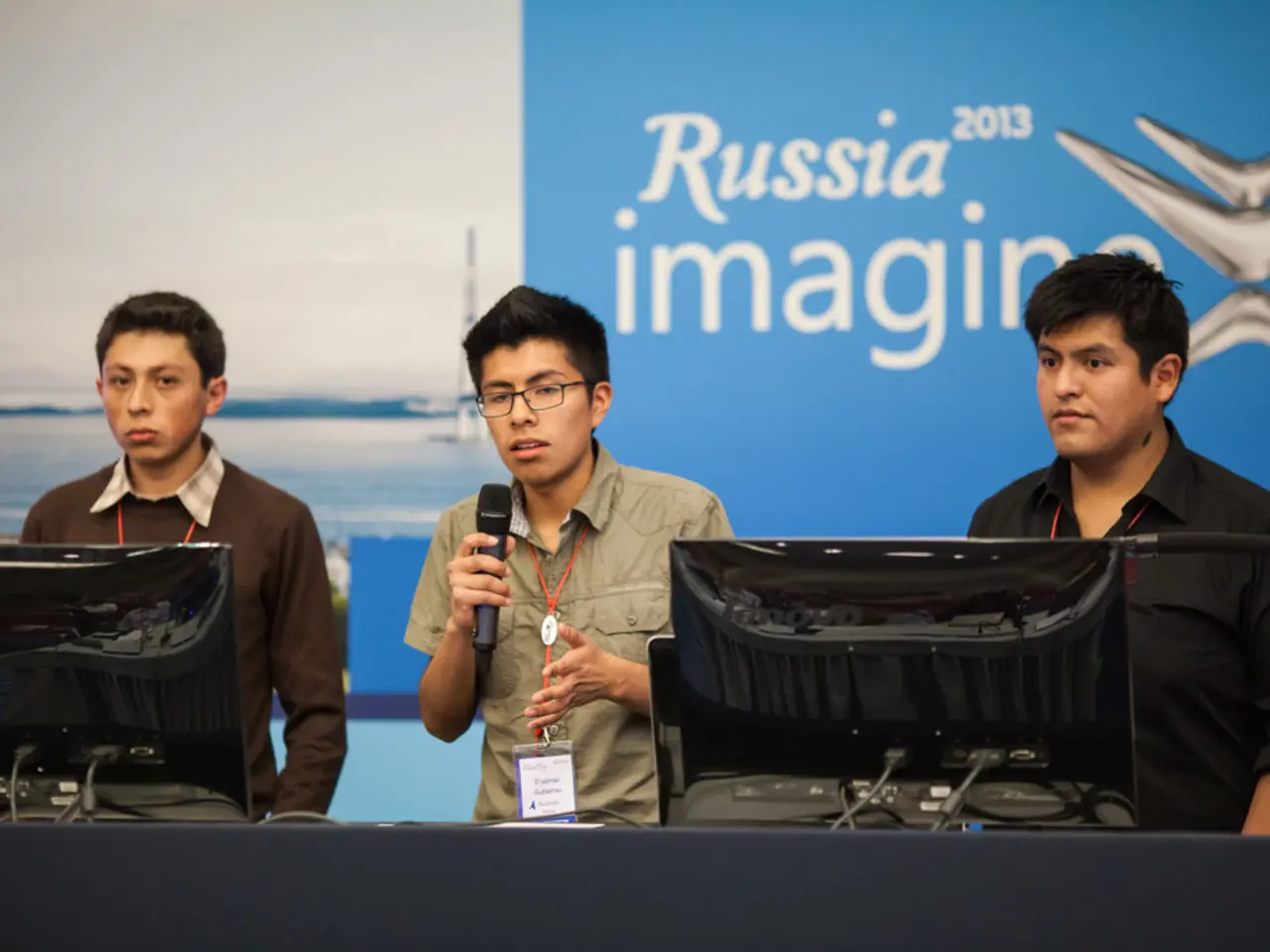Discussion in MWI Podcast: Exploring Hamas' Strategies and Tactics
The Irregular Warfare Podcast has launched a special, three-part series to delve into the complexities of irregular warfare in the ongoing conflict between Israel and various actors, including Hamas, Hezbollah, and Islamic Jihad. In the first episode, host Adam Darnley-Stuart interviews renowned counterterrorism analyst, Dr. Levi West, to explore the history, strategy, and tactics of Hamas.
The series begins by highlighting the irregular warfare component in this conflict, which involves the use of asymmetric tactics by non-state actors against a conventional state military. This includes guerrilla warfare, insurgent operations, rocket and missile attacks, targeted assassinations, and ideological mobilization.
One of the key examples of such tactics is the Hamas attacks against Israel on October 7, 2023, and the subsequent Israeli military campaign in Gaza. Dr. West provides nuanced insights into Hamas operations, suggesting that their tactics might be adopted by other groups worldwide. The attacks, which resulted in nearly 1,200 Israeli casualties, illustrate the use of guerrilla tactics such as rocket barrages, tunnel infiltrations, and surprise attacks against military and civilian targets.
The series also explores the role of Iran-backed groups, such as Hezbollah in Lebanon and the Houthis in Yemen, who engage Israel indirectly through proxy warfare. This multi-theater irregular warfare strategy imposes continuous stress on Israel's defenses and complicates its military response. Hezbollah, Palestinian militants, and Iranian-backed proxies frequently launch rockets or missiles into Israeli territory to inflict damage and psychological impact while avoiding direct conventional confrontations.
Israel adapts with heavy reliance on intelligence, precision airstrikes, special operations, and defensive systems such as the Iron Dome. Its strategy entails not only direct military engagements but also efforts to disrupt militant infrastructure, leadership, and supply chains, often beyond its borders. Armed groups, on the other hand, leverage ideological mobilization combined with asymmetric tactics to sustain resilience despite Israel’s military superiority. They aim to inflict casualties, erode morale, and internationalize the conflict by involving regional actors and drawing in global attention through their irregular actions.
The series also discusses the broader impacts of these events on the geopolitical environment. The ongoing friction between Israel and Iran, as seen in the October 7 attacks, shapes the regional dynamics and activates a broader conflict dimension, with Iran-backed proxies escalating attacks across multiple fronts (Lebanon, Syria, Iraq, Yemen). This complicates Israel's strategic response and necessitates a multi-dimensional military posture.
Listeners can tune in to the second and third parts of this series by subscribing to the Irregular Warfare Podcast on Apple Podcasts, Stitcher, TuneIn, Spotify, or any other favorite podcast app. The special episode discussing Hamas and irregular warfare is available now.
- In the second episode of the series, the conversation will delve into the irregular warfare strategy employed by Iran-backed groups like Hezbollah in Lebanon and the Houthis in Yemen, and how they engage Israel indirectly through proxy warfare.
- The third episode of the series will investigate the role of politics and general news in shaping war-and-conflicts between Israel and its adversaries, focusing on the broader impacts of events like the October 7 attacks on the geopolitical environment.
- While Israel adapts with strategies such as intelligence, precision airstrikes, special operations, and defensive systems, armed groups like Hamas and Hezbollah counter this military response with asymmetric tactics and ideological mobilization as part of their counterterrorism operations in warfare.






